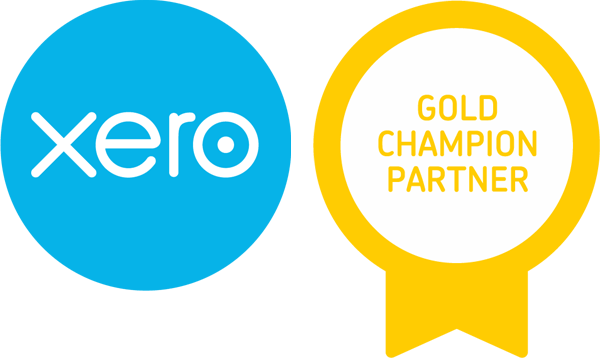Deductions For Working From Home
As COVID makes its way across the country at an increasing speed, working from home will become far more common, so it's a good time to cover what you can claim as an employee when it comes time to prepare your tax return and importantly what records you'll need.
There are in fact three ways to calculate your deduction for working from home expenses, including;
- The Fixed Rate Method
- The Shortcut Method (only available until 30 June 2022)
- The Actual Cost Method
Each of these will be discussed in more detail below, but with each method the key criteria will be to maintain thorough records as you go.
For anyone that has a home-based business there will be some changes to what you can potentially claim, so please get in touch if you want further information on this.
The Fixed Rate Method
The Fixed Rates Method is simply a flat rate of 52 cents per hour spent working from home. This covers running expenses incurred such as electricity and gas, cleaning costs, and decline in value of office equipment items such as desks and chairs.
This rate of 52 cents per hour however doesn't cover telephone and internet usage, nor does it cover the decline in value of other office equipment such as computers and laptops. The calculation of these items will be based on the work related use.
In order to claim using this method, you will need to maintain a dedicated work area at home, retain records of the work-related portion of the expenses not covered by the fixed rate, and record the number of hours spent working from home for the whole income year.
If your pattern of work is quite consistent, you may record a diary for a representative four-week period to show your usual pattern of working at home, and then apply this across the rest of the income year to work out the total number of hours you worked from home. If your work pattern changes however you'll need to prepare a new diary.
For expenses in addition to the 52 cents per hour such as telephone and internet, you'll need;
- receipts or other written evidence that shows the amount spent
- phone accounts where you can identify your work-related calls to work out your percentage of work-related use for either the whole year or a four-week representative period, and
- a diary to demonstrate;
- your work-related internet use
- the percentage of the year you use your depreciating assets exclusively for work.
The Shortcut method
The shortcut method is similar to the Fixed Rate Method, with the key difference here being that the 80 cents per hour covers everything, so there is no need to calculate deductions for telephone, internet, utilities and depreciating assets. The requirement to keep track of your work schedule will remain, and a diary may be the best option for this. Timesheets and rosters are also possible options.
At this stage this method is only available until 30 June 2022.
The Actual Cost Method
This method will require the most record keeping of the three options, and for the vast majority of people may not be worth the more onerous record keeping and calculations, especially if the periods working from home are intermittent such as for two week isolation.
The basic criteria are;
- You must have spent the money
- The expense must be directly related to earning your income
- You must have a record to prove it
This means that you aren't able to claim anything that is provided by your employer, or if you are reimbursed for out of pocket expenses.
Possible deductions can include the work related usage of;
- telephone and internet usage
- cleaning costs for a dedicated work area
- computer consumables (including printer paper, ink, stationery etc.)
- electricity expenses associated with the area from which you are working (note there are additional calculations required here)
- home office equipment, including computers, printers, phones, furniture and furnishings – you can claim either the full cost of items up to $300
- decline in value (depreciation) for items over $300.
You won't be able to claim occupancy expenses for your home including rent, mortgage interest, property insurance and land taxes. However the good news is that because your occupancy expenses are not deductible, working from home during COVID-19 will not disqualify you from claiming the capital gains tax (CGT) main residence exemption when you sell your home.
Record keeping for actual costs method
To claim your work from home expenses using actual costs, you must either keep a:
- record of the number of actual hours you work from home during the income year
- diary for a representative four-week period to show your usual pattern of working at home.
You must also keep all the receipts, bills and other documents which show the additional running expenses you incurred while working from home and that you used to work out your deduction.
For additional information on the above, or if you happen to be running a business from home, please refer to the ATO website as there is an increasing amount of materials provided to assist.
If you would like to speak with anyone at Smith Thornton regarding this or any other matters please don't hesitate to get in touch.




